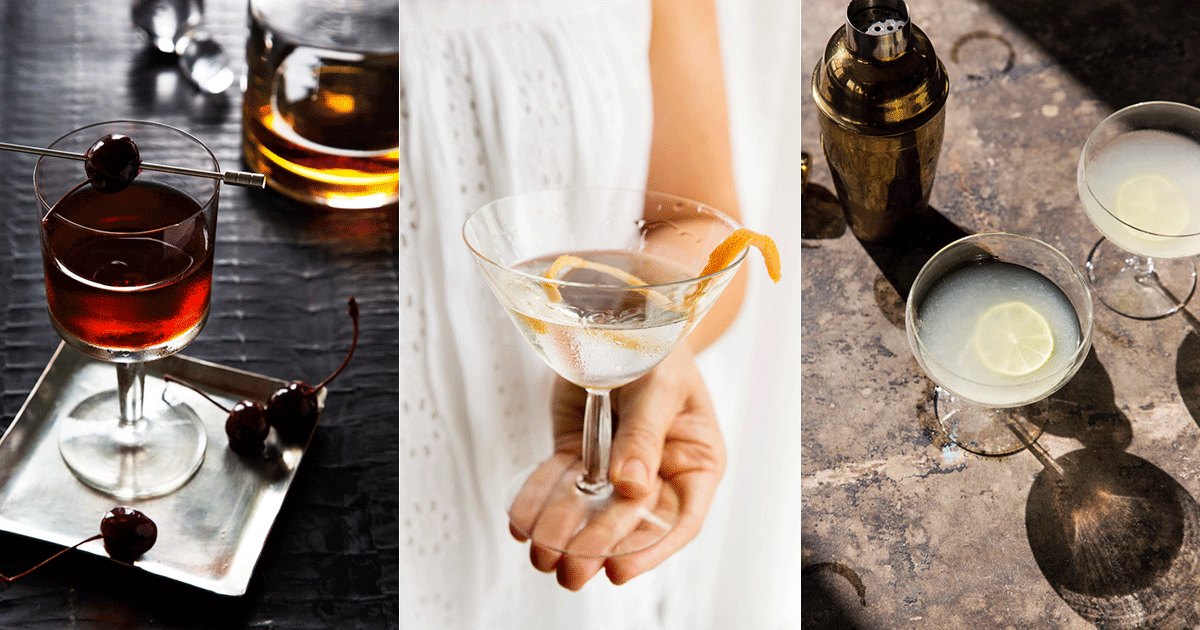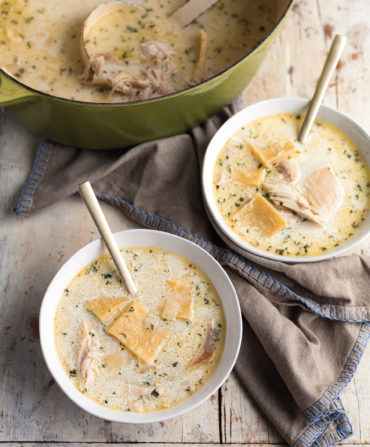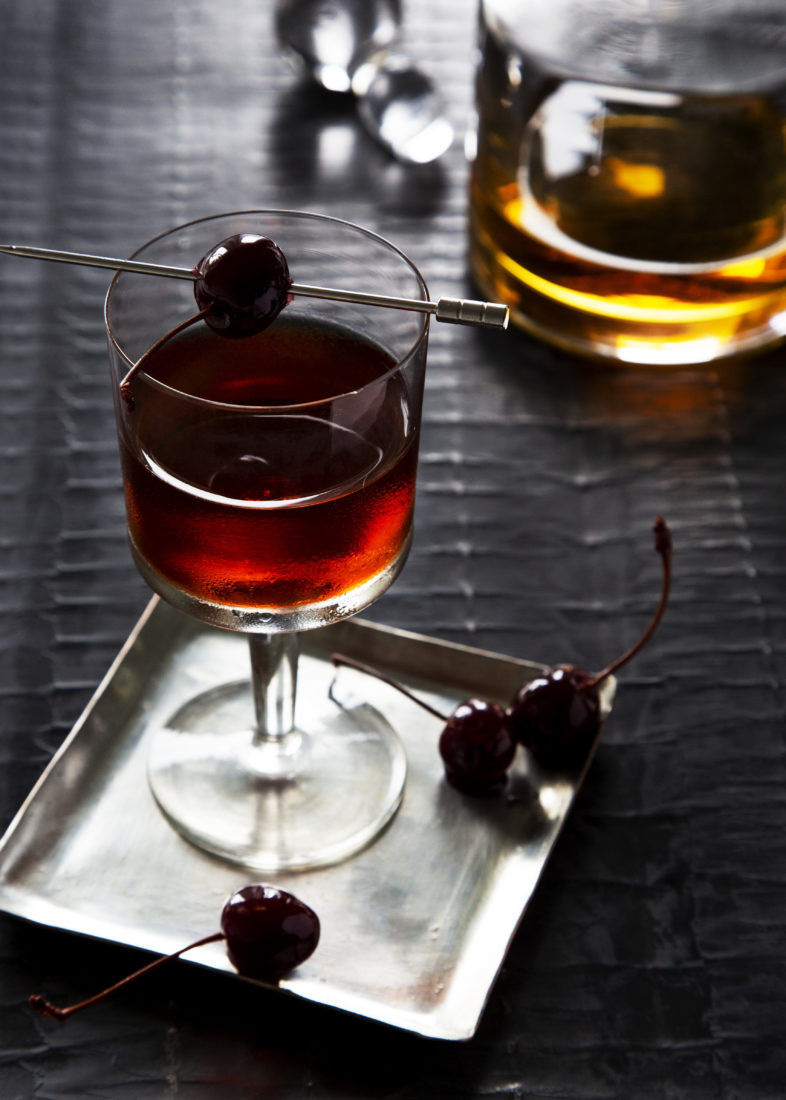
Bourbon or rye? The original nineteenth-century version, invented at New York’s Manhattan Club, calls for spicy rye whiskey as a base, while popular post-Prohibition recipes tend to call for sweeter bourbon instead. Mike Raymond of Houston’s Cottonmouth Club and Reserve 101 suggests you split the difference with Wild Turkey 101.
Photo: Jacqueline Stofsick
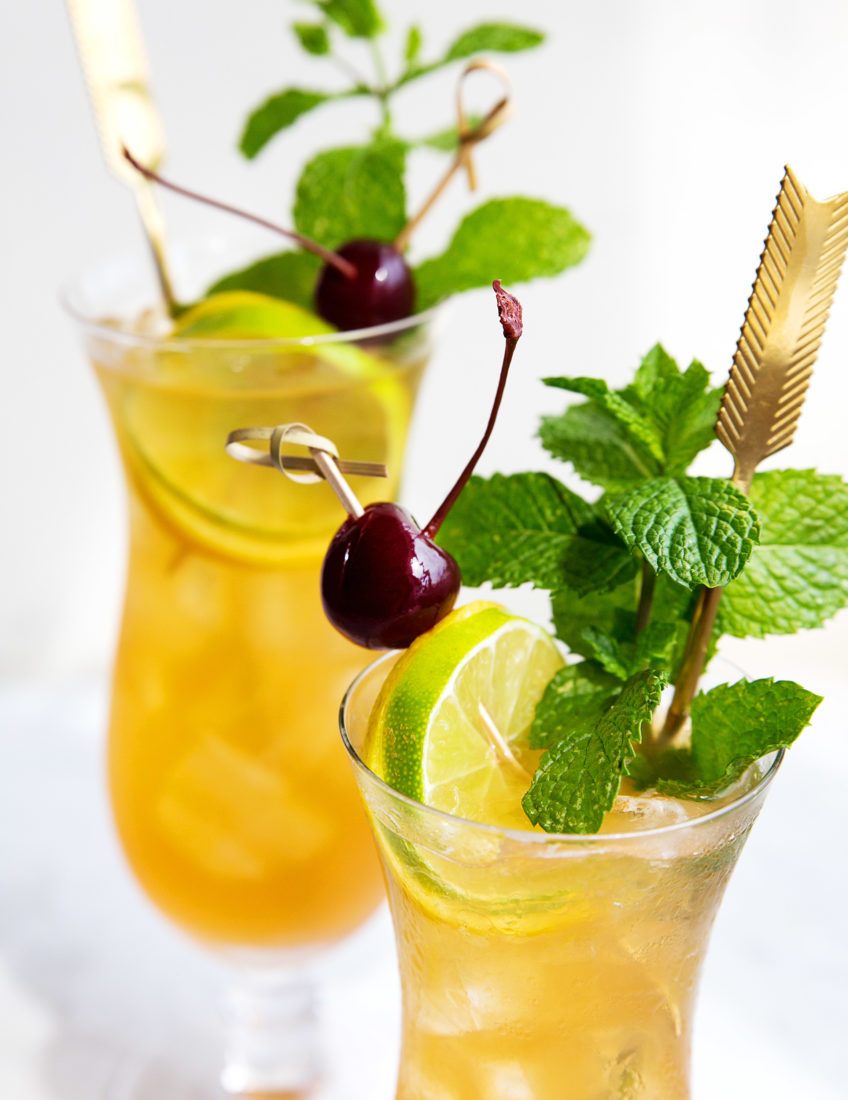
This drink fueled the mid-twentieth-century tiki craze.“The Zombie was the Cosmopolitan of its day—the most popular, most-written-about, most-joked-about drink of the 1930s and 1940s,” says Jeff “Beachbum” Berry, a historian and expert on tiki cocktails and culture. But the original recipe was lost for decades—until Berry decoded it.
Photo: Margaret Houston | Cocktail stirs available at Fieldshop
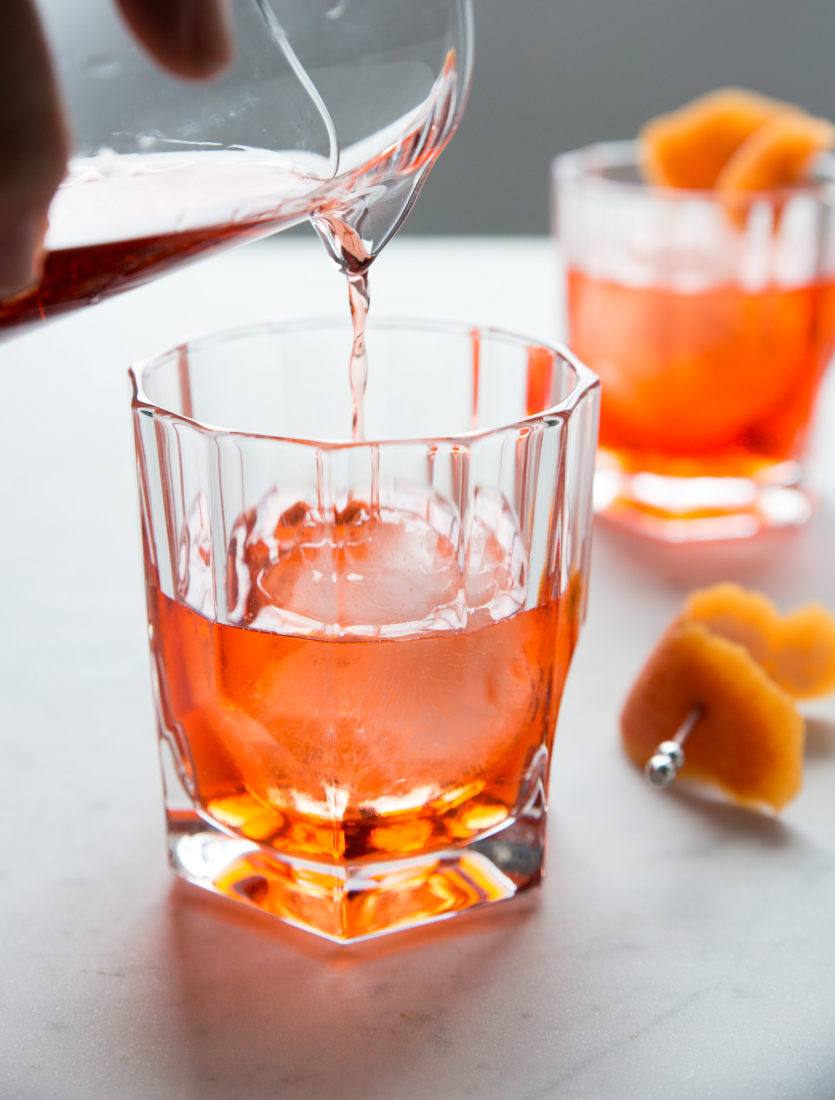
The Negroni traces its ancestry to the Americano, a nineteenth-century cocktail that mixes Campari with sweet vermouth and club soda. In the early 1900s—or so the legend goes—a Campari-loving Florentine count named Camillo Negroni, looking for something a bit stronger, asked his bartender to swap the club soda for gin, and an enduring classic was born.
Photo: Margaret Houston
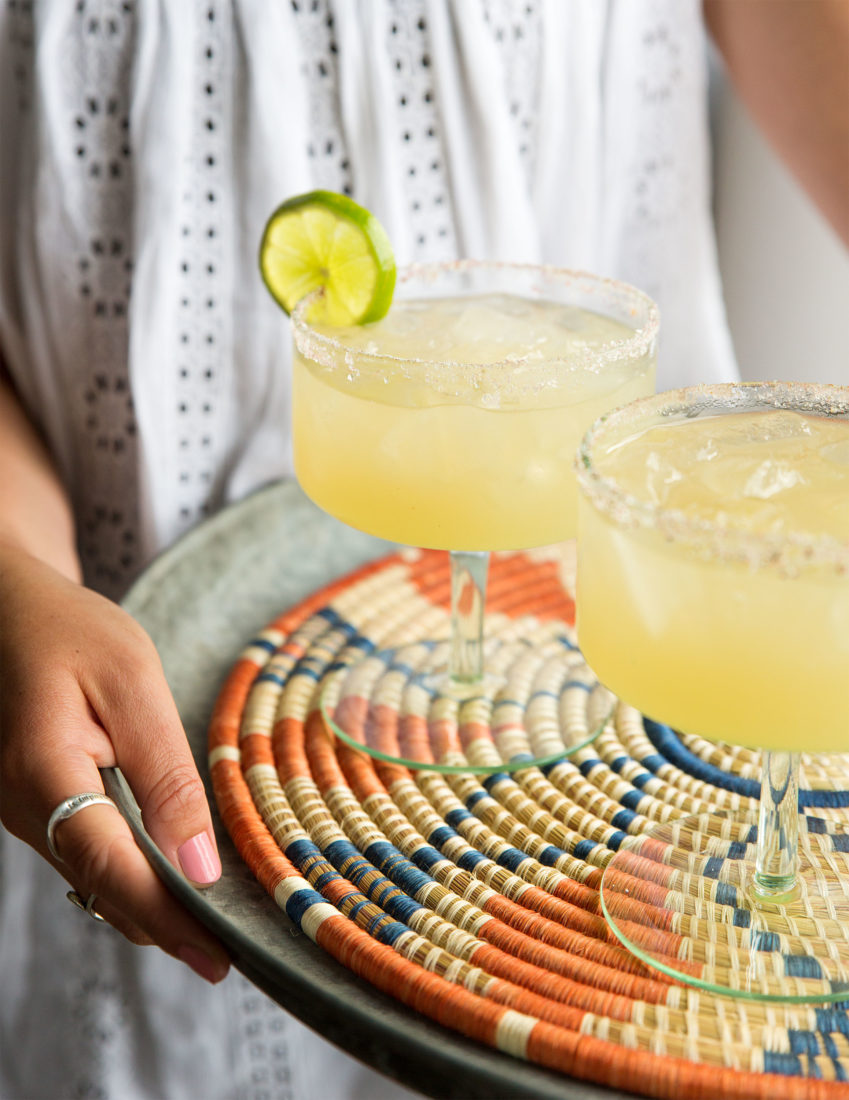
The Daisy is a fundamental part of the cocktail canon, with roots stretching back to the late 1800s. It’s not so much a cocktail as a template: You can put together any combination of spirit, citrus juice, and flavored sweetener (like orange liqueur or fruit syrup) to produce a Daisy. Back then, gin and brandy versions of the drink were all the rage. So what does this have to do with the Margarita? “Margarita” is simply Spanish for “daisy.”
Photo: Margaret Houston
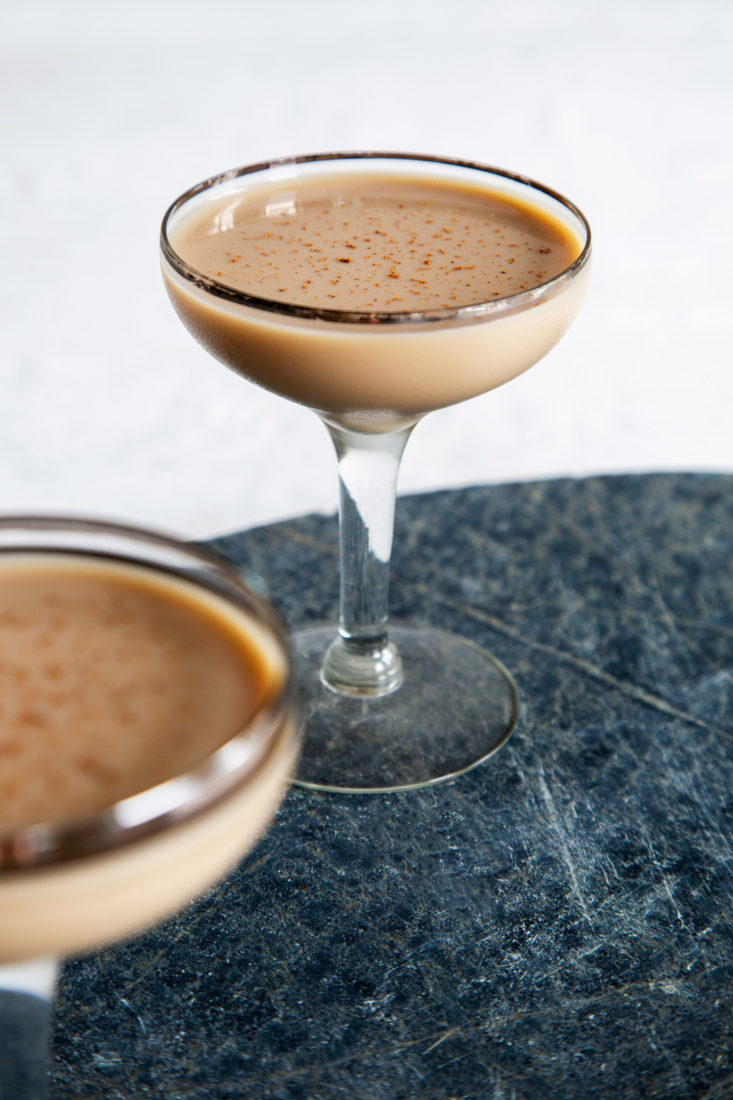
The Brandy Alexander is a throwback to the days of dessert drinks, a category that’s gone somewhat out of favor in recent years. Chocolate liqueur and cream or half-and-half gets cut with boozy brandy, whose fruity and floral notes mix well with the other ingredients.
Photo: Jacqueline Stofsick

If you were a British sailor in the late 1800s, drinking a Gimlet might have saved your life. At the time, all Royal Navy vessels carried high-proof gin or rum, of which every sailor was entitled to a daily ration, as well as lime juice, whose vitamin C content wards off scurvy. At some point (perhaps, say some stories, at the suggestion of a rear admiral named Thomas Desmond Gimlette), sailors started adding gin and a little sugar to make the lime juice go down easier, and thus, a classic cocktail was born.
Photo: Margaret Houston

Like the Gimlet, the Dark ’n Stormy is a cocktail for which we have British sailors to thank. In the mid-1800s, English brothers James and Ambrose Gosling ran a thriving distillery in Bermuda famous for its dark-colored rum. British ships back then always carried booze for their sailors, along with ginger beer, which is an excellent remedy for seasickness. It’s only natural that someone would combine the two at some point.
Photo: Jacqueline Stofsick
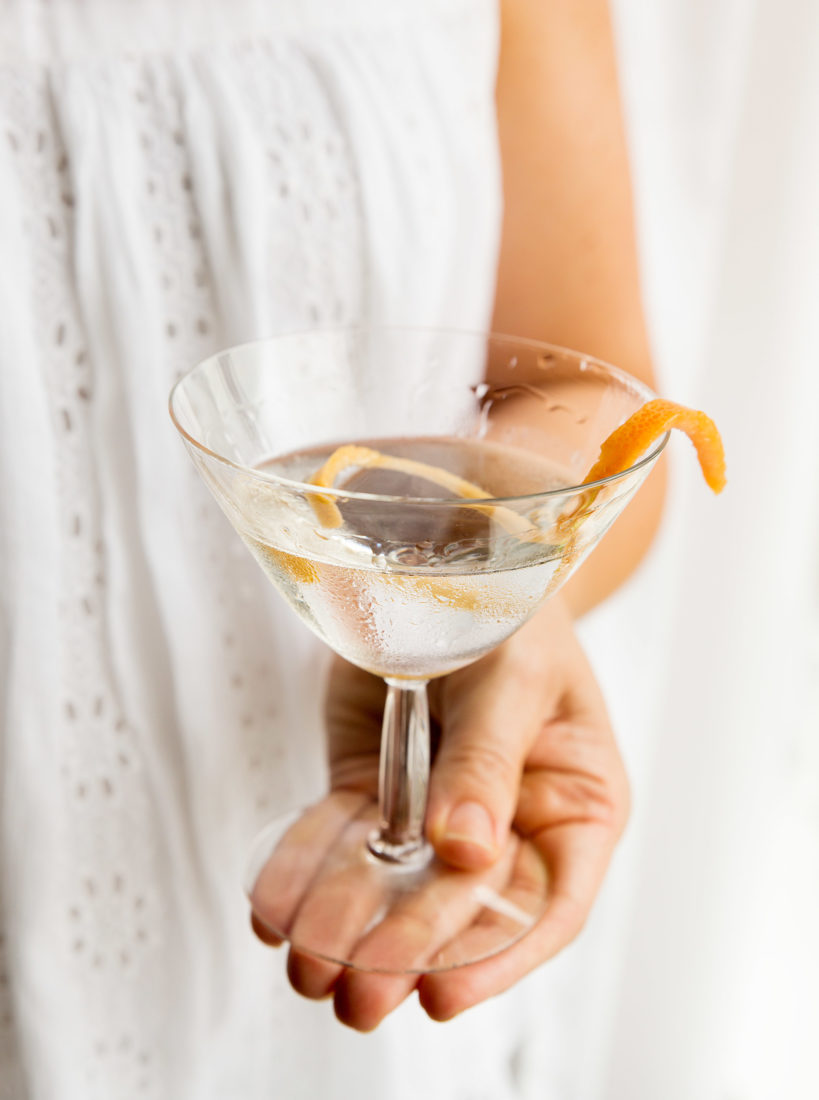
The Martini is a descendant of the Martinez, a drink made with gin and sweet vermouth that was first seen in print in 1887. Over the next few decades, the sweet vermouth turned to dry and the name changed, and by the 1910s, the Martini had established itself. In the 1950s and 1960s, the “three-Martini lunch” became a cliché, and newly popular vodka started to find its way into the drink in place of gin. Today, either is acceptable as a base spirit, and the amount of dry vermouth can range from half the drink to none at all.
Photo: Margaret Houston | Food Styling by Kim Alexander
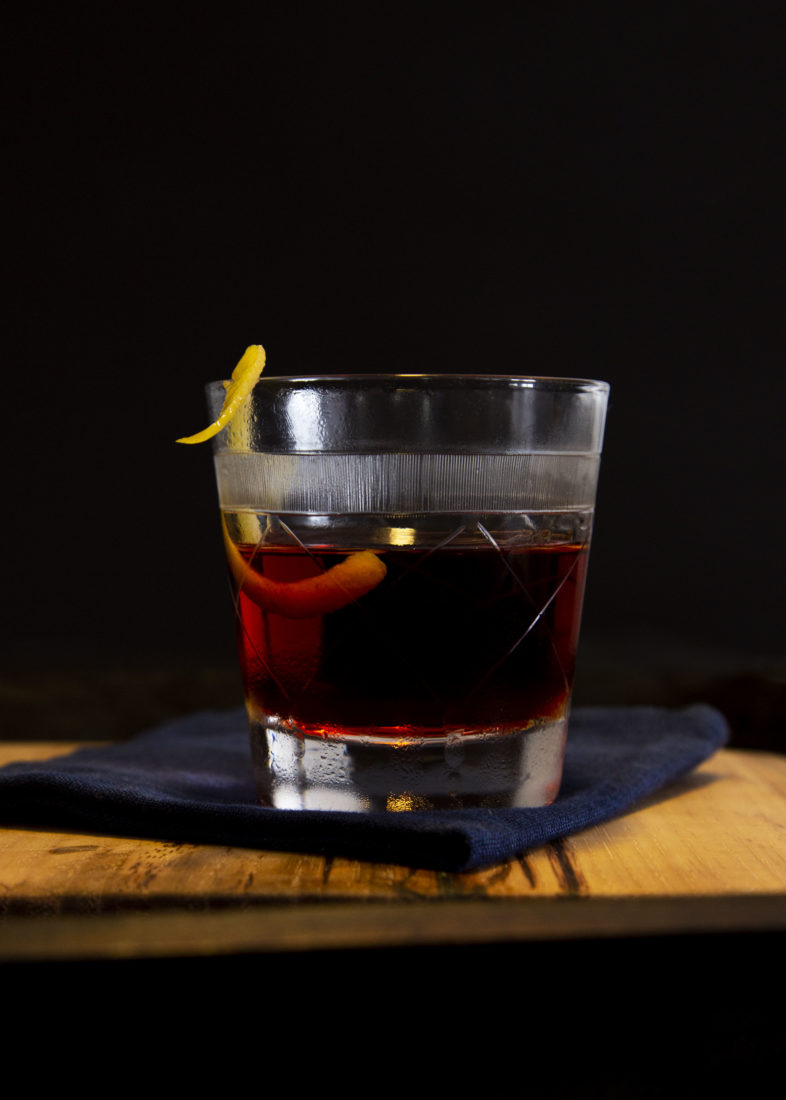
While Prohibition was a dark time in America, Europe kept the party going. Many top bar talents migrated from the States, and Scottish-born bartender Harry McElhone documented the burst of creativity they inspired in Barflies & Cocktails, published in 1927. The book marks the first appearance of the Boulevardier, which is simply a Negroni that replaces gin with whiskey, which brings sweetness and oaky spice.
Photo: Jacqueline Stofsick


